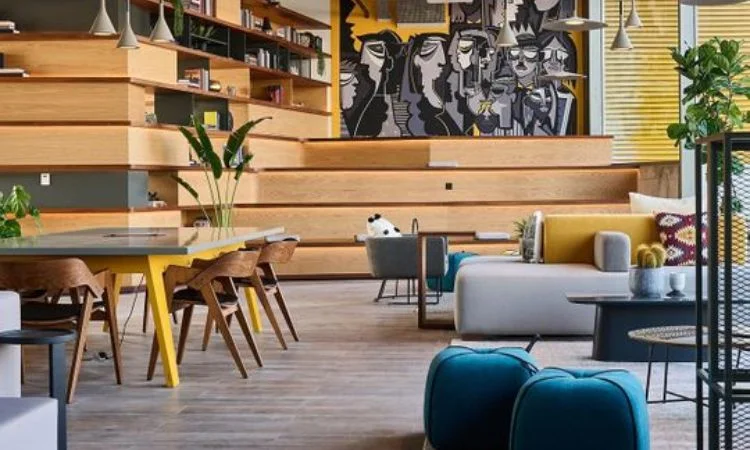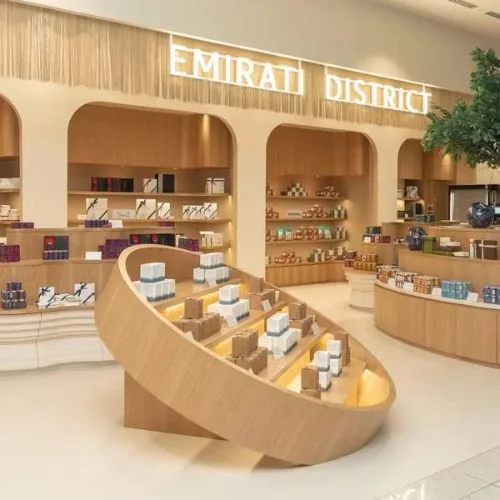As Dubai’s population is growing with a mix of local residents and international expats, the shortage of affordable and flexible housing options becomes a bone of contention. One type of accommodation that has gained significant traction in recent years is co-living – a style of shared rental housing that offers residents a sense of community along with reduced costs.

Co-living developments offer tenants a private room and access to larger living spaces that are shared with other inhabitants of the apartment. Common areas for socializing, cooking, and working are also included. Just a few years ago, the co-living model in Dubai has grown so fast and there are over 3000 rooms at the present moment according to a recent review. The demand appears to be fueled mainly by young professionals new to the city who prefer the social atmosphere and cost savings of co-living over living alone.
Instead of seeing co-living as a temporary solution, many residents are actually staying at their homes for a much longer period than anticipated. Operators report that 60% of tenants renew their leases after the first year. The housemate association within the built-in network assures that someone is always around when you feel lonely as an expatriate in Dubai. Residents find it easier to adjust to the new culture and make friends through regular social interactions within their co-living community.
The popularity of the model is also driving rents higher, with average co-living room rates now between 4000-5000 AED per month. Luxury options can even exceed 6000 AED. While an increase in supply could potentially stabilize prices, demand is so robust that rents will likely continue climbing for the foreseeable future. With only a few large-scale professional co-living operators currently, the potential for market expansion remains vast.
Some analysts predict co-living could absorb another 3000-5000 rooms in the short-term given current trends. Major developers are taking note, with some converting existing apartment buildings into optimized co-living layouts to capitalize on the opportunity. Landlords are also attracted by the potential for higher yields – renting out bedrooms individually under a co-living model outperforms traditional leasing. Corporates may start utilizing co-living for short-term expatriate hires as well.
As the concept matures, operators are refining their service quality and standards. En-suite private bathrooms and individually controlled air conditioning are becoming table stakes. Amenities like shared kitchens and lounges foster community interaction. Some co-living spaces cater to specific professional clusters like real estate or legal services to facilitate networking.
While concerns over overcrowding exist, quality co-living providers emphasize comfortable living conditions with no more than one tenant per bedroom. The model provides an appealing new mid-point between independent living and dormitory-style accommodations for Dubai’s large influx of globally-mobile residents. As the rental market continues to strengthen on the back of economic growth and Expo 2020 momentum, co-living is cementing its role as a popular housing disruptor in the Emirates.















